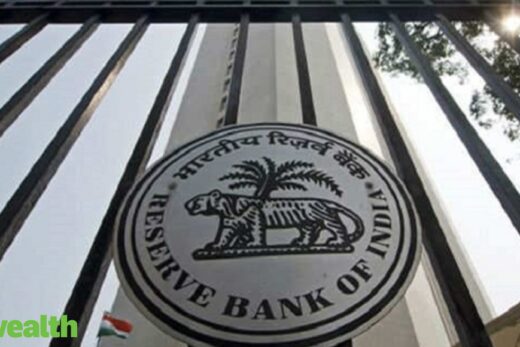Large audit firms either linked to or affiliated to the Big Four currently dominate the audits of financial services companies. The new guidelines are expected to give opportunities to small and mid-sized Indian audit firms, potentially increasing competition, breaking old links and bringing in more scrutiny.
Analysts have described the latest central bank moves, announced April 27, as measures aimed at ‘confidence building’.
“For any industry or even country to be taken seriously, the disclosures and audits must be unquestionable. As an analyst when I am analysing numbers, I would welcome any move that improves transparency and disclosure quality. Also, confidence building steps would be seen as positive by global investors as well. This move by the regulator will help bring more confidence in auditing. There could be some operational issues initially but it will build investor confidence in the long term,” said Lalitabh Srivastawa, analyst at Sharekhan, a BNP Paribasowned brokerage.
He expects some teething troubles through the period of transition, but the end outcome should be better.
“This move by the regulator will help plug the loopholes and bring more confidence to audits,” Srivastawa said.
The new norms stipulate joint audits, a cap on the number of assignments for each firm, treatment of firms under the same network as one entity and restrictions on combining audit and non-audit work, with an aim to reduce potential conflicts of interest.
Segregation of duties
The new norms segregate audit and non-audit work in line with the rules in the developed economies. To be sure, some of the large audit firms have reportedly already discontinued providing non-audit services to their audit clients in India.
“This will improve audit quality, avoid conflicts of interest and ensure the independence of auditors, which will also support financial stability,” said a person familiar with the regulator’s intentions. “These measures will further facilitate the expansion of an experienced audit pool that is needed to cater to the needs of a growing economy.”
No repeat of past fiascos
Analysts point to the Reserve Bank of India’s (RBI) asset quality review (AQR) a few years ago that helped unearth NPAs in banks – bad loans that would otherwise have been hidden. Also, the central bank’s move a few years ago to ensure that an account marked as an NPA in one bank is not marked as regular in another also led to better reporting.
The latest RBI moves should be seen in that context, they said.
Last month, RBI said that banks and NBFCs cannot continue with the same auditor beyond three years, down from four years earlier and lower than the five years permitted in the Companies Act. Moreover, an audit firm has to compulsorily have a cooling-off period of six years after auditing a bank for one tenure, which means banks will have to hunt for a new auditor every three years.
New business limits
Audit firms can audit not more than eight NBFCs and banks have been asked to hire joint auditors, thus increasing the cost of compliance for the lenders. These changes have been made effective FY22.
Earlier this week, the Confederation of Indian Industry (CII) issued a press statement highlighting the difficulties in implementing the new rules.
But one of the experts cited above said that past experience proves longer associations often compromise the audit quality.
“The six-year rotation policy has already been in existence in case of the private sector and foreign banks under the earlier guidelines. The same has been extended to other entities now,” said the industry executive. “This will discourage over-familiarity between auditors and the auditees and also prevent cyclical appointment of two firms as auditors of the entity.”
Firms with assets above Rs 15,000 crore have to compulsorily have a joint audit. As on March 31, 2020, other than PSBs, only 46 NBFCs, three urban cooperative banks and 36 commercial banks had assets exceeding Rs 15,000 crore.
“This is a move that was long pending. The rotation of auditors, lower tenures and joint audits will all curb misappropriation of funds, especially in public deposit taking entities like banks,” said Asutosh Mishra, head of research, Ashika Securities.
The cap on the total number of audit assignments is only for RBI-regulated financial entities to reduce concentration of audit assignments and help in broad-basing the pool of experienced and skilled auditors available for conducting audits of banks and NBFCs.
End to monopolies
The central bank’s move may also be seen as a way of decentralising auditing away from large firms. As many as 645 audit firms meet the eligibility criteria for appointment as auditors in public sector banks and were empaneled by the C&AG Office for FY 21.
Top globally affiliated audit firms or entities linked to them were responsible for auditing lenders such as IL&FS, with overblown debt of ?1 lakh crore, or Yes Bank that had unrecognised bad loans of ?40,000 crore.
At DHFL, 260,000 fake loan accounts were created in a non-existent branch for 12 years for loans worth ?14,046 crore, of which ?11,756 crore were deposited or routed to several fictitious entities known as “Bandra book” firms.
Separately, only 300 NBFCs out of more than 9,600 have total assets of ?1,000 crore. The remaining NBFCs have the option to continue with their existing procedures regarding appointment of statutory auditors.



